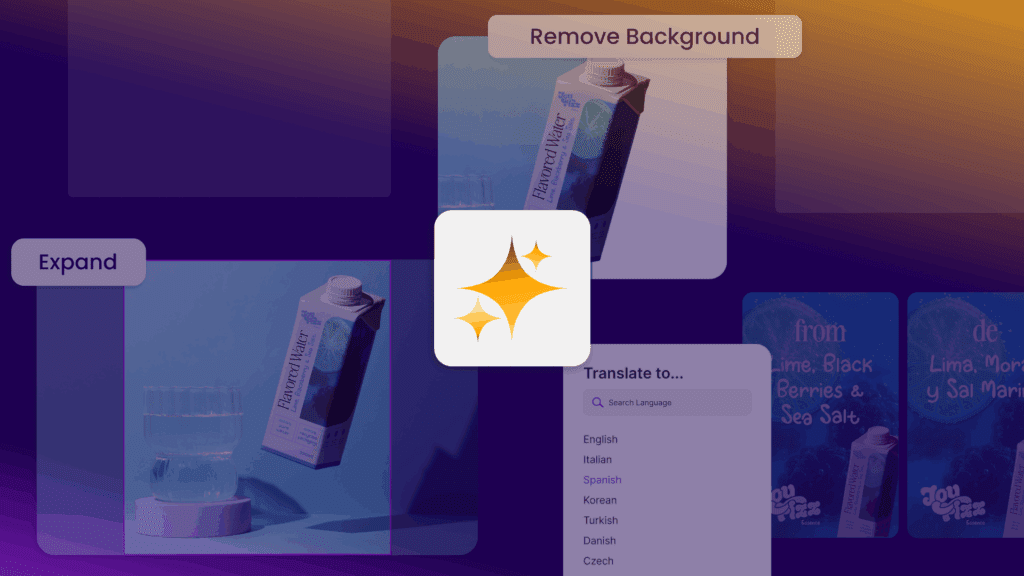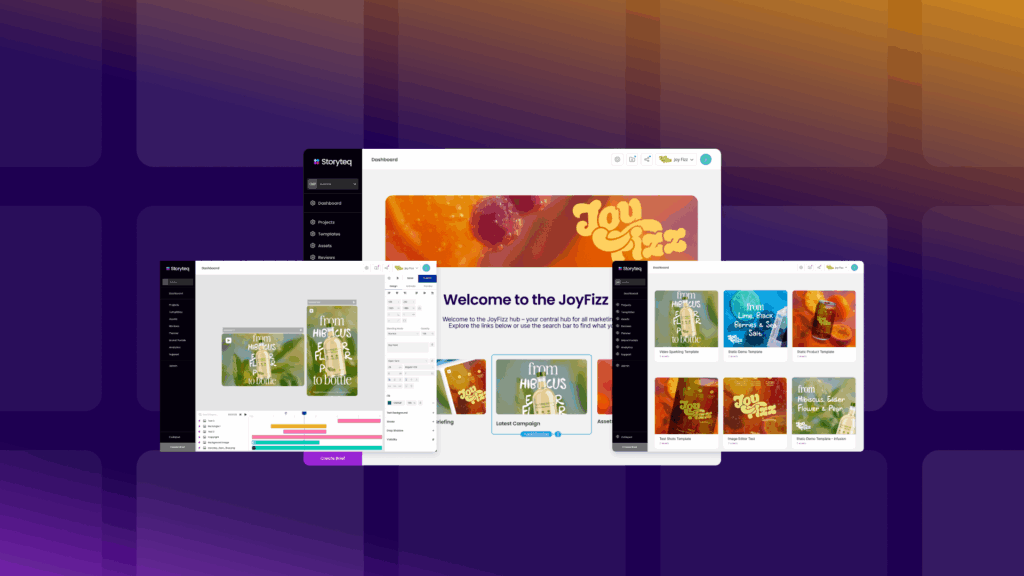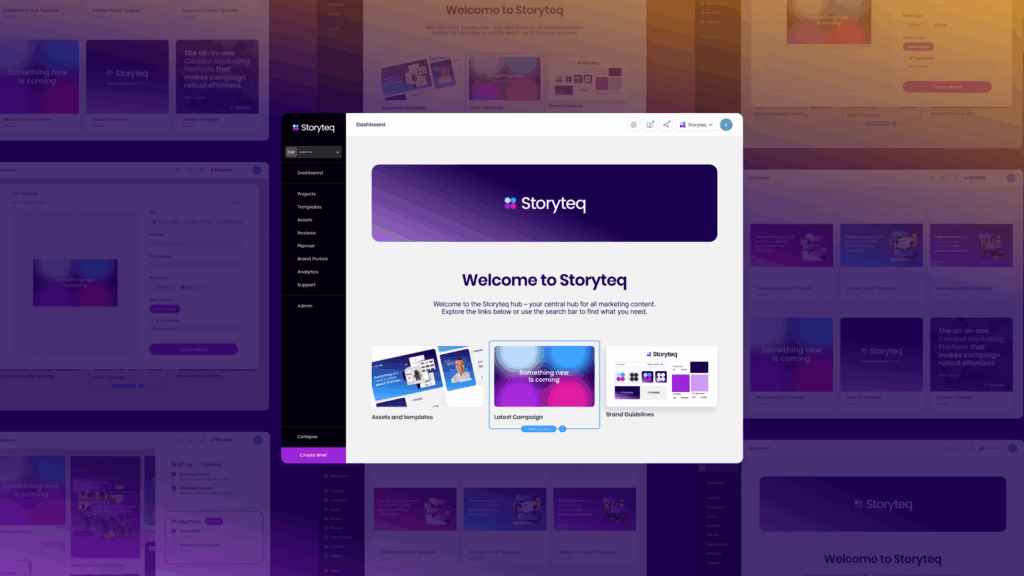Identifying the right topics for content development begins with a clear understanding of your strategic goals, audience needs, and market position. The most effective content topics emerge at the intersection of what your audience searches for, what they need to know, and what aligns with your business objectives. Start by conducting thorough audience research to identify pain points and questions, analyze search trends and competitive gaps, and map potential topics to different stages of the customer journey. This methodical approach ensures your content development efforts deliver relevant information that resonates with your target audience while supporting your marketing goals.
Why is identifying the right topics crucial for content development?
Identifying the right topics is the foundation of successful content development because it directly determines whether your content will reach and resonate with your intended audience. When you select topics strategically, you create content that serves a clear purpose in your overall marketing strategy rather than simply adding to digital noise.
Topic selection affects every aspect of content performance. The right topics attract qualified traffic through search engines, engage readers by addressing their genuine interests, and guide them toward meaningful interactions with your brand. Strategic topic selection also helps you allocate resources efficiently by focusing your content creation efforts where they’ll have the greatest impact.
Content built around carefully selected topics also tends to perform better in search engines. When you develop content that thoroughly addresses topics your audience actively searches for, you increase your visibility in relevant searches and position your brand as an authority in your field.
Additionally, thoughtful topic selection helps maintain consistency across your content portfolio. By choosing topics that align with your overall content strategy, you create a cohesive body of work that reinforces your key messages and builds audience trust over time.
How can you align content topics with your target audience needs?
Aligning content topics with your audience needs requires a systematic approach to understanding who your audience is and what information they seek. This alignment ensures your content answers real questions rather than simply promoting your products or services.
Start by developing detailed audience personas that capture demographic information, challenges, goals, and preferred content formats. These personas give you a framework for evaluating potential topics based on whether they address relevant audience pain points.
Next, conduct comprehensive audience research using various methods:
- Analyze search query data to identify questions your audience is asking
- Review social media conversations around your industry to spot emerging topics
- Study customer support inquiries and FAQs to address common concerns
- Survey your existing audience about what information would help them
- Examine competing content to identify gaps you can fill
Once you have a clear picture of audience interests, map potential topics to different stages of the customer journey. For awareness-stage content, focus on broader educational topics that introduce your audience to key concepts. For consideration-stage content, develop topics that help compare options or solve specific problems. For decision-stage content, create topics that address implementation concerns or showcase practical applications.
This journey-based mapping ensures you’re not just creating interesting content but building a strategic content ecosystem that guides your audience toward meaningful engagement with your brand.
What role does brand positioning play in topic selection?
Brand positioning significantly influences which content topics will strengthen your market presence and which might dilute your message. Your topic selection should consistently reinforce your unique value proposition and differentiate you from competitors.
Your brand positioning acts as a filter for evaluating potential content topics. For each topic under consideration, ask whether creating content on this subject will reinforce your brand’s expertise in your specific niche. Topics that align with your core positioning typically deserve priority over those that might attract traffic but don’t strengthen your brand’s market position.
Additionally, brand positioning should inform your approach to common industry topics. While competitors might address similar subjects, your brand’s unique perspective and values should shape how you explore these topics. This distinctive treatment helps your content stand out even in crowded topic areas.
Consider these questions when evaluating topics against your brand positioning:
- Does this topic allow us to highlight our unique approach or methodology?
- Can we bring a perspective to this topic that competitors aren’t addressing?
- Does this topic let us demonstrate our specific expertise?
- Will content on this topic appeal to our ideal customers?
- Does this topic reinforce our brand voice and values?
By consistently selecting topics that align with your positioning, you build a coherent content library that strengthens your brand identity and attracts your ideal audience.
How do you prioritize potential content topics?
Prioritizing content topics requires balancing various factors including strategic importance, audience interest, competitive opportunity, and resource requirements. A structured evaluation framework helps you make consistent decisions about which topics deserve immediate attention.
Develop a topic scoring system that assigns numerical values to different evaluation criteria. For example, you might score potential topics on a scale of 1-5 for factors such as:
| Evaluation Criteria | Questions to Consider |
|---|---|
| Search potential | What is the search volume? How competitive is the topic? |
| Audience relevance | How important is this topic to our target audience? |
| Business alignment | How directly does this topic support our marketing objectives? |
| Content gap | Are we currently missing content on this important topic? |
| Competitive advantage | Can we offer a unique perspective on this topic? |
| Resource requirements | How much time and expertise will creating this content require? |
When prioritizing, also consider the balance between evergreen topics that provide consistent long-term value and timely topics that capitalize on current trends or seasonal interests. A healthy content calendar typically includes both types.
Additionally, consider topic clusters rather than isolated pieces. Prioritize topics that build upon existing content and create natural pathways for your audience to explore related information. This approach improves both user experience and search performance.
Regular content audits can help identify gaps in your existing content that should inform your topic prioritization. Look for successful content that could be expanded into related topics or outdated content that needs refreshing before creating entirely new material.
What methods help validate your content topic choices?
Validating content topics before full-scale development saves resources and improves content performance. Several testing approaches can help confirm that your chosen topics will resonate with your audience and support your marketing goals.
Start with keyword validation using search analytics tools to confirm sufficient search interest in your proposed topics. Look beyond just volume to examine related queries, which can reveal how people actually think about and search for information in your topic area. Tools like Google Keyword Planner, Ahrefs, or SEMrush can provide this data.
Social media testing offers another validation method. Share brief thoughts or questions related to your proposed topic and measure engagement. Strong response indicates audience interest, while minimal engagement might suggest reconsidering the topic or your approach to it.
Consider creating pilot content to test topic viability. This might include:
- Short-form social posts that introduce key concepts
- Email newsletter segments gauging interest in the topic
- Brief blog posts that can later be expanded if successful
- Polls or surveys directly asking your audience about their interest
Competitive analysis also provides validation. If multiple competitors are creating content on a topic, it likely indicates audience interest—though you’ll need to ensure you can add unique value rather than simply repeating existing information.
Finally, analyze performance data from your existing content. Topics related to your highest-performing content often represent good opportunities for expansion. Look for content with high engagement rates, significant time on page, and strong conversion metrics as indicators of topics your audience finds valuable.
By validating topics before full development, you build confidence that your content planning efforts will yield meaningful results and connect with your intended audience.
At Storyteq, we understand that identifying the right content topics is crucial for creating impactful marketing campaigns. Our content marketing platform provides the tools you need to plan, manage, and create content that resonates with your target audience. From planning and scheduling to analytics that show what’s working, we help you streamline your content development process so you can focus on creating meaningful connections with your audience.



